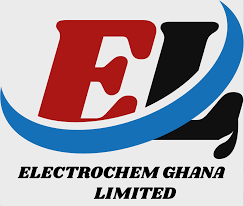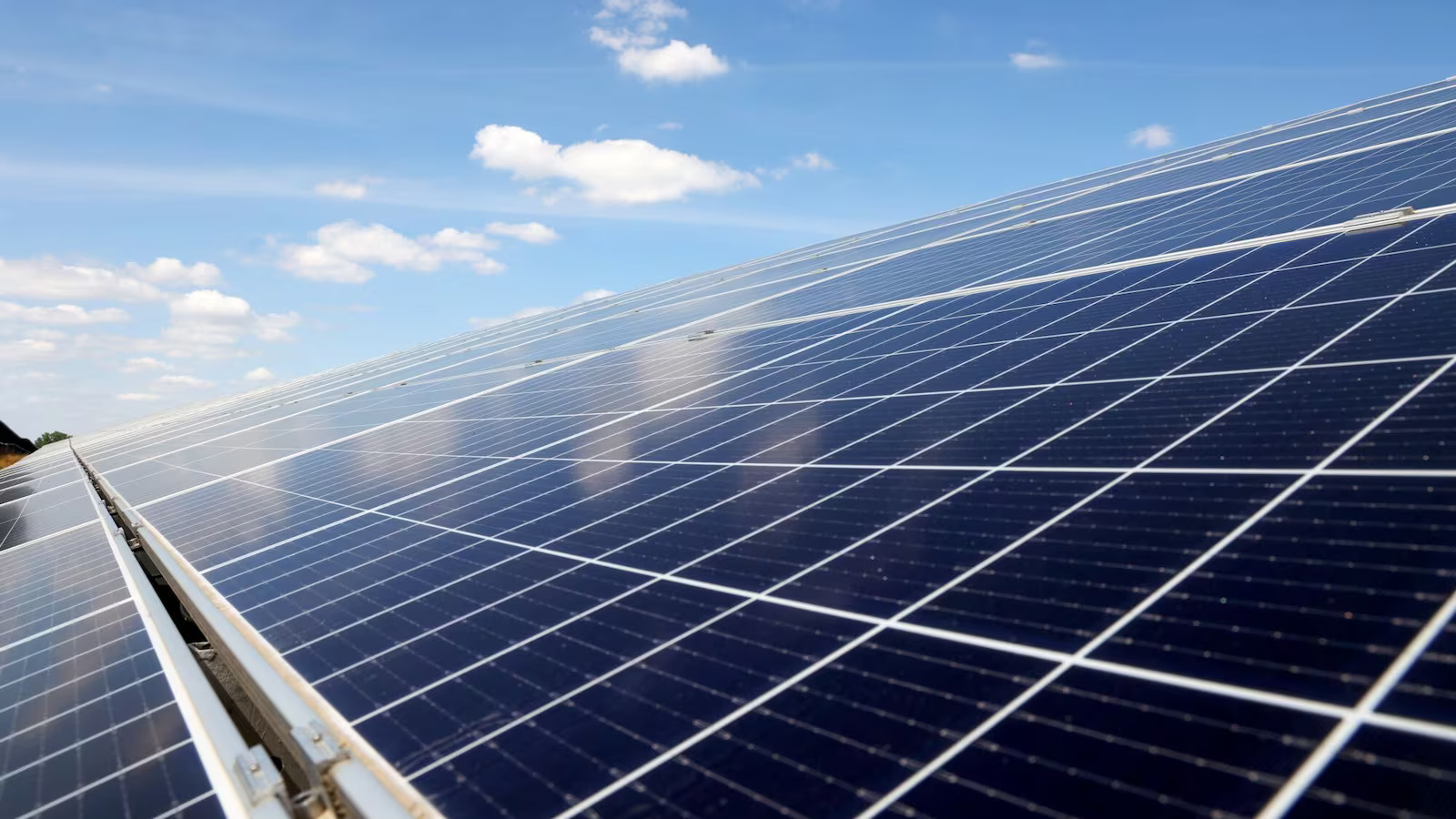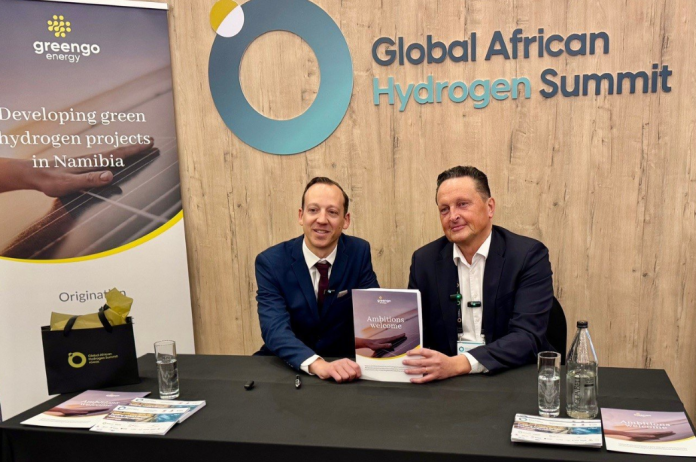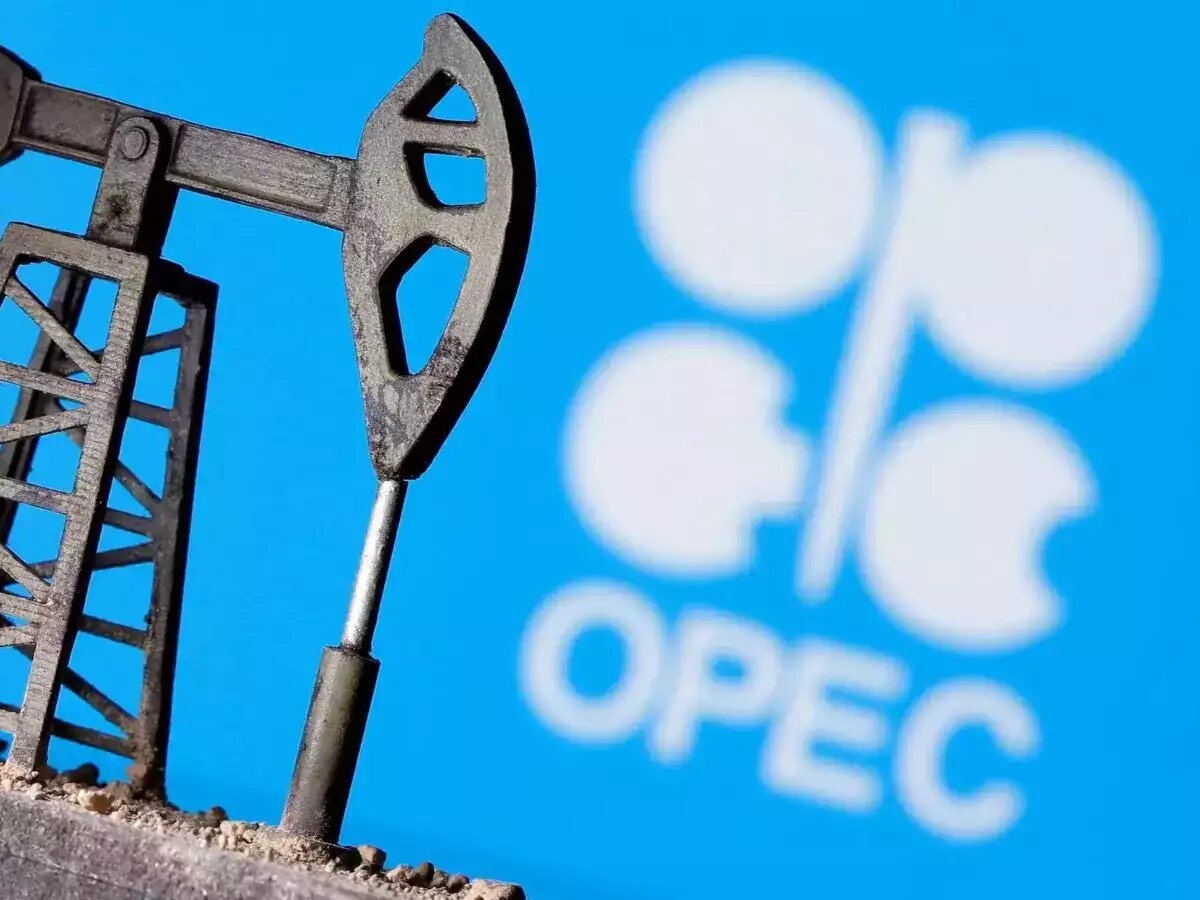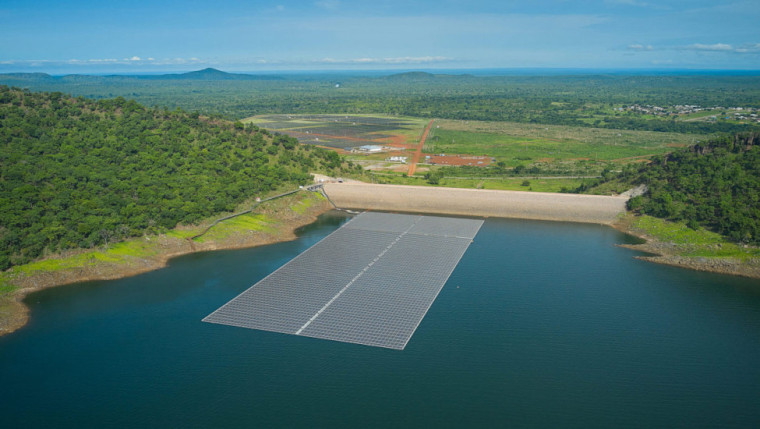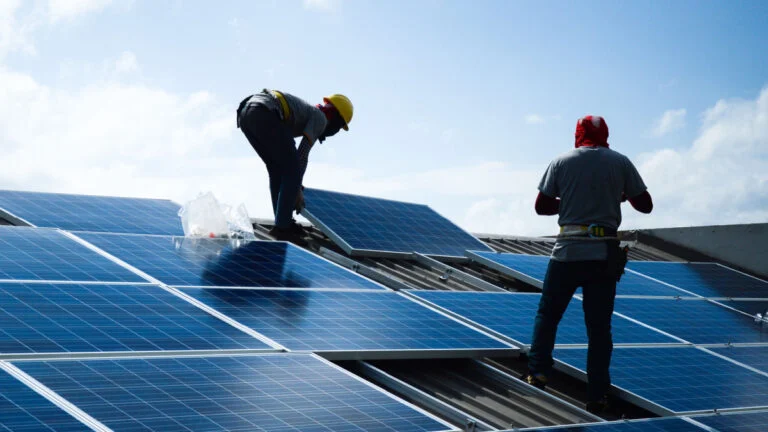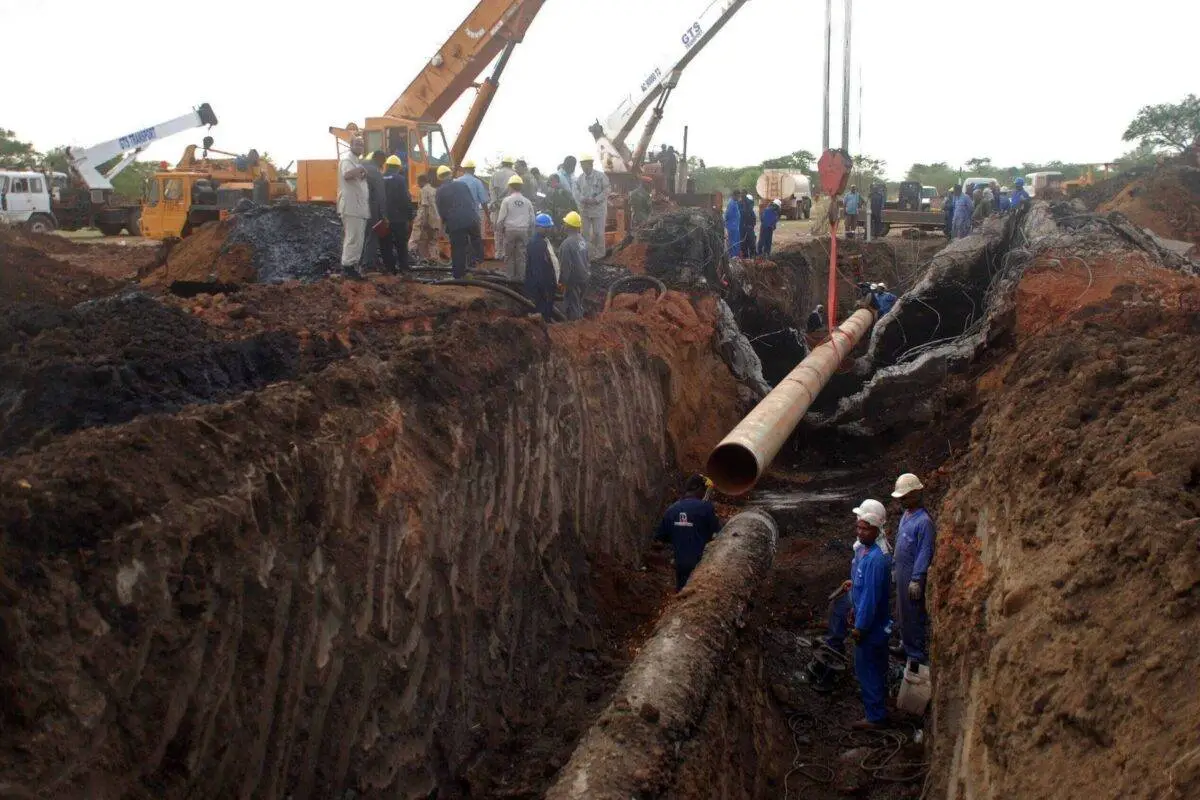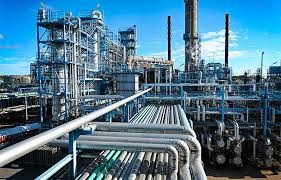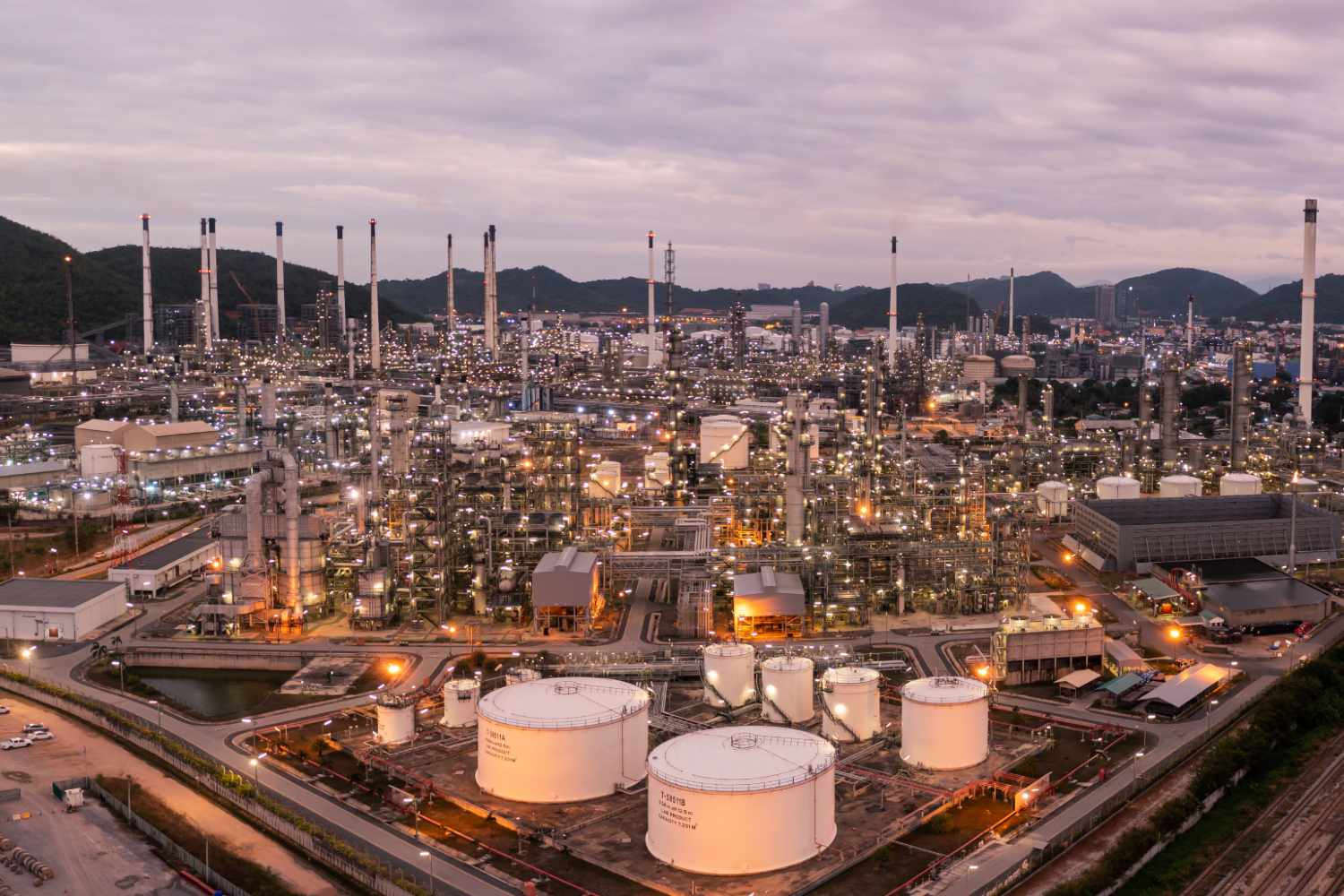Generation

From Flares to Fuel: 5 African Countries Monetizing Flared Gas in 2025
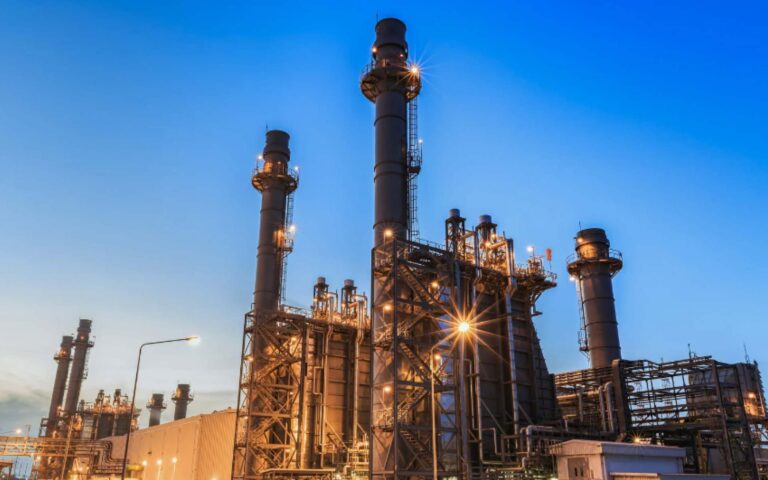
Gas flaring remains a significant challenge in Africa, with Nigeria’s flared gas alone estimated at a market value of approximately $1 billion. Key producers including Nigeria, Algeria and Libya rank among the world’s top nine flaring countries, collectively emitting billions of cubic meters of gas. As such, gas flaring in Africa undermines energy access across the continent while contributing to greenhouse gas emissions and slowing progress towards sustainable industrial development.
Nigeria
Nigeria has committed to ending routine gas flaring by 2030 and cutting methane emissions by 60% by 2031 as part of a gas-driven energy transition. Through the Nigerian Upstream Petroleum Regulatory Commission, Nigeria’s captured flared gas will be deployed for electricity generation, fertilizer, methanol production, and as industrial feedstock. In February 2025, the Nigerian National Petroleum Corporation achieved a 96% reduction in routine gas flaring from the Anyala field in OML 83 and the Madu field in OML 85, which was accomplished by the firm’s joint venture with First Exploration & Petroleum Development Company.
Algeria
Algeria’s national oil company Sonatrach unveiled a roadmap to reduce gas flaring to 1% by 2030 and limit methane emissions at its gas facilities to below 3%. As part of its climate policy adopted in February 2025, Sonatrach is implementing an emissions monitoring and control system that leverages its research and development capabilities to manage and reduce its carbon footprint. In 2023, Algeria’s Sonatrach initiated a flare gas recovery project at the Hassi Messaoud oil field, capturing gas for reinjection and power generation.
Republic of Congo
By the end of 2025, the Republic of Congo will commission its second floating LNG facility (FLNG), Nguya FLNG, expanding the Congo LNG project operated by oil major Eni to a total capacity of 3 million tons per year. The project captures and processes associated gas that was previously flared, turning it into exportable LNG. This expansion reflects Congo’s broader strategy to eliminate routine flaring, in line with its national zero-flare objective. As part of this approach, the Banga Kayo project – operated by Chinese oil company Wing Wah – diverts flared gas to the Djeno power plant for domestic electricity generation. To support these developments, the government is finalizing a Gas Master Plan and preparing a new Gas Code aimed at scaling up investment and gas monetization across the value chain.
Libya
Libya and Eni are advancing the Bouri Gas Utilization Project, which is designed to recover hydrocarbons from associated gas from two offshore platforms on the Bouri field, along with a carbon capture facility scheduled for 2025. Libya aims to modernize its energy infrastructure, reduce fuel imports and attract new investment by turning flared gas into an economic asset. Backed by Libya’s National Oil Company through its Mubadara 2030 strategy, Libya has set a commitment to achieve zero routine flaring by 2030. The plan mandates flare reduction across oilfields and encourages gas utilization for power and export.
Angola
Angola has prioritized the monetization of flared gas through its Associated Gas Development Program, launched in partnership with the World Bank’s Global Gas Flaring Reduction initiative, and managed to cut flaring emissions by 60%. Angola’s energy transition strategy is advancing through key associated gas projects, notably the Sanha Lean Gas Connection. Developed by energy major Chevron’s subsidiary, Cabinda Gulf Oil Company, the $300 million project began production in late 2024. The project includes a new offshore platform linked to the Sanha condensate complex and pipelines connecting Blocks 1 and 14 to the Angola LNG facility. The first phase delivers 80 million standard cubic feet per day, with a second phase planned to raise capacity to 220 million standard cubic feet per day.



